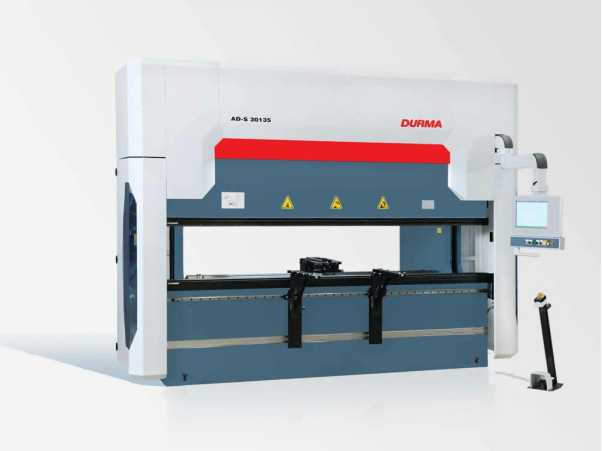The press brake (know more) has a V opening where metal sheets are fed and then bent until the desired shape is achieved. The process becomes more complex if you are using a very thin material. With small-gauge metals, a small deviation can lead to the formation of highly defective products.
In this article, we’ll have a look at some common problems encountered by press brake operators when they’re working with thin sheets. We’ll also give you solutions on how to handle these problems to guarantee a more accurate bend ell the time
How To Overcome Common Challenges Associated With Bending
Here are the main problems that press brake operators to face when working with thin materials:
- Getting a proper radius on the punch and the die.
When the radius is larger than it should be, the sheet of metal has too much room to move around and is more prone to creating a bad bend.
- Creating the perfect V channels
When bending a sheet of metal through air bending, the V channel is supposed to measure eight times the thickness of the sheets. As the sheet’s thickness becomes smaller, the ratio should go down so that you can come up with the perfect channels.
- Spring-back
When bending a thin sheet of metal, it means that you don’t require a lot of energy to apply the pressure. To reduce spring-back, there are two things that you can do:
- Hold the pressure for a longer time
- Over-bend the metallic sheet

Coining and Air Bending Thin Materials
Coining
With coining, the metal sheet is stamped in between the punch and die to give high-precision results although very large tonnages are required. The tonnages result in fast wear and tear of the machine and it’s also a problem when you’re working with thin sheets. When you exert a lot of pressure on thin sheets, you cause:
- Wear and tear that happens over a really short period
- Creation of die markings around the product’s edges
- The material that has been bent could weaken around the radii and that makes it more prone to breakage
Air Bending
Thin and delicate sheets require a lot of caution when bending them. That is where air bending comes in. the method requires less tonnage and is generally much quicker. However, the method requires different bend reductions as compared to coining. One has to keep resizing the blanks then bending thin sheets.
With air bending, the bottom of the machine is not touched. You produce different profile shapes by adjusting the press-stroke depth. The advantage of air bending is that you can use the same combination of tools to bend sheets of different thicknesses at a range of angles. For this reason, the technique is considered to be very flexible.
Other advantages of air bending include the fact that since very few tool changes are required the method enhances productivity. Also, the method uses less force when bending the same sheets of the same thickness as compared to coining.
The main problem associated with air bending is accuracy since the sheet doesn’t maintain full contact with the tooling.

Quality Material And Careful Handling Are Very Important For Successful Bending
If you don’t use high-quality sheets, there’s no way that you’re going to get good products. To make sure that there are no burrs that form on the edges of the sheet being bent, ensure that:
- The tooling that is used to cut the sheet is sharp
- Use proper clearances on turrets
- Focus the laser beam well
- Check to see if there are any burrs on the sheet. These could drag across the die and result in growth on the flange











